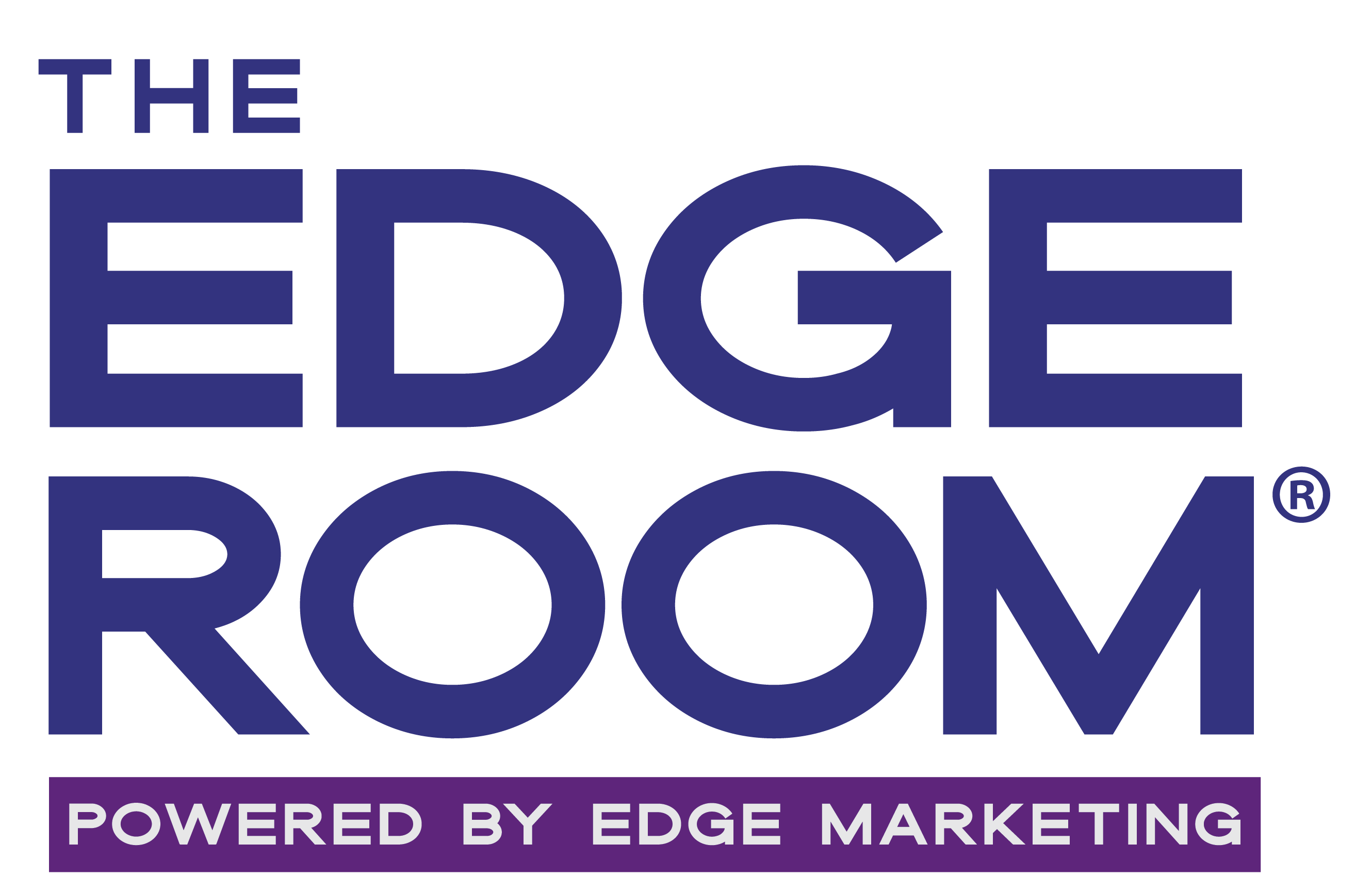These days, it seems impossible to talk about eDiscovery or document review without mention of Technology Assisted Review (TAR). In its broadest use as a technical term, TAR can refer to virtually any manner of technical assistance – from password cracking to threading to duplicate and near-duplicate detection. In its narrower use, TAR refers to techniques that involve the use of technology to predict (or to replicate) the decision a human expert would make about the classification or category of a document. In this narrower sense, TAR often comes with a version number – TAR 1.0, TAR 2.0, and more recently, TAR 3.0. While some are inclined to advocate for the superiority of a single approach, each version has its merits and place, and understanding the underlying process and technology is crucial to selecting the right approach for a specific discovery need.
We recently authored a white paper to offer a discussion of the variables to consider when choosing the right TAR workflow for a specific matter, as well as the main principles behind different TAR solutions. By doing so, we make the claim that true preparedness lies in understanding the range of core technology within the TAR landscape, and further knowing how and where to access the right combination of people, process, and technology to meet any discovery need. If you or your team have had mixed results with TAR, or want some guidance on deciding your approach with TAR in your next matter, you may find this paper helpful.
